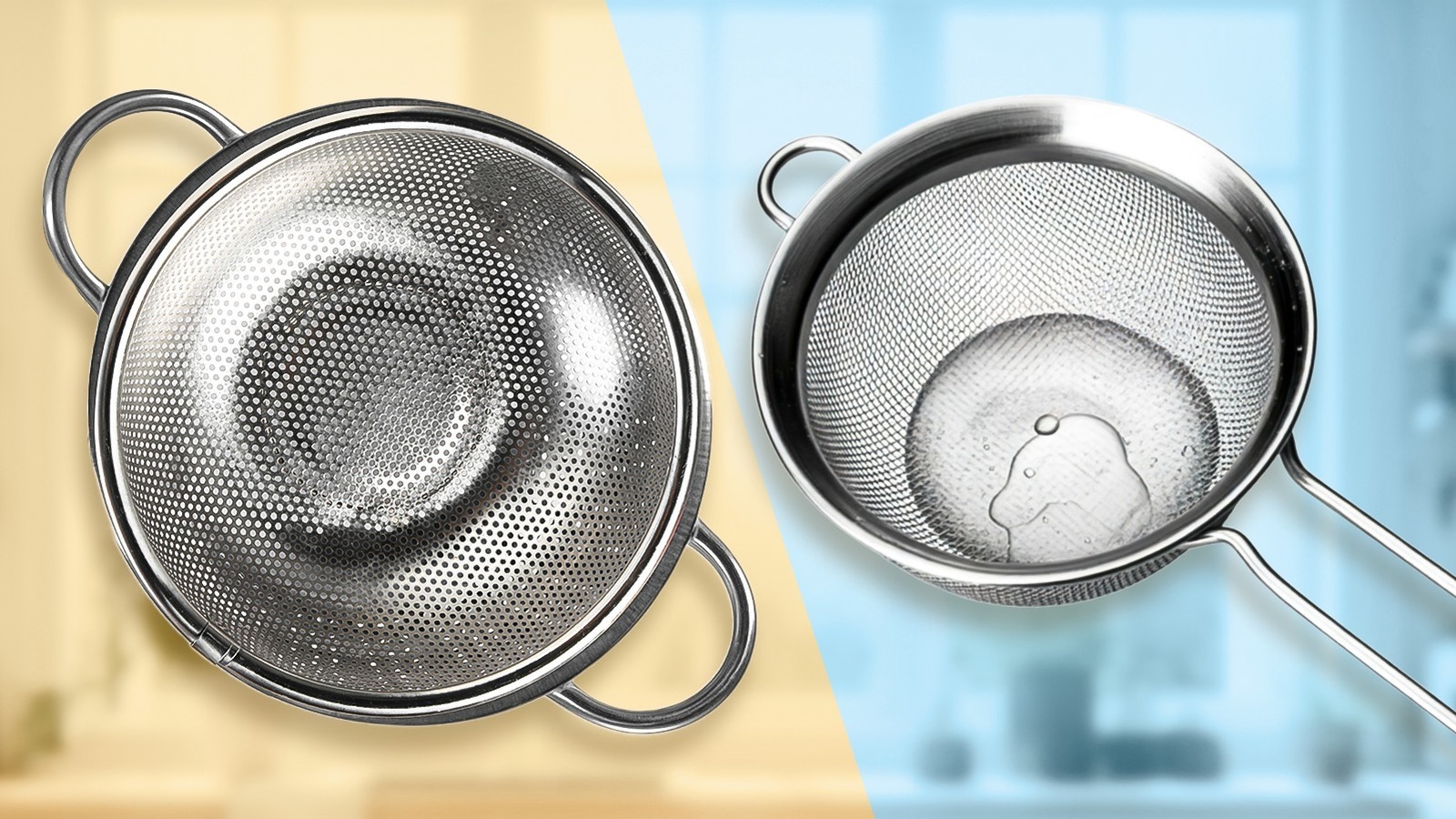
"A colander is a freestanding bowl often made from food-grade material, such as stainless steel or silicone, with coarse holes. Its day-to-day uses include straining pasta, rinsing produce, or draining canned beans. A sieve, on the other hand, is made from a fine mesh and is ideal for sifting, aerating, or straining smaller particles. Neither colander nor sieve should be confused with a chinois however, an additional type of strainer used in professional kitchens, specifically to create smooth sauces."
"A sieve is best used for finer applications, such as to sift flour, strain batter for lump-free breakfast treats, create smooth sauces and jams, or even to make pour-over coffee in a pinch. Because of its precision, a sieve can be used for dusting pastries, rinsing rice, straining cocktails, and creating a smooth finish. For less-precise applications, such as rinsing dirt from your produce, a colander is a better choice."
Colanders are freestanding bowls with coarse holes, commonly made from stainless steel or silicone, suited for draining pasta, rinsing produce, and draining canned beans. Sieves use fine mesh for sifting, aerating, and straining small particles, producing lump-free batters, smooth sauces, and dusting pastries. Chinois is a separate, professional strainer for ultra-smooth sauces. Mesh size determines sieve applications and is often given as a mesh number; colanders typically have mesh counts around 14–16 with larger perforations. Colanders and sieves can sometimes substitute for each other depending on task, and both require occasional deep cleaning.
Read at Tasting Table
Unable to calculate read time
Collection
[
|
...
]